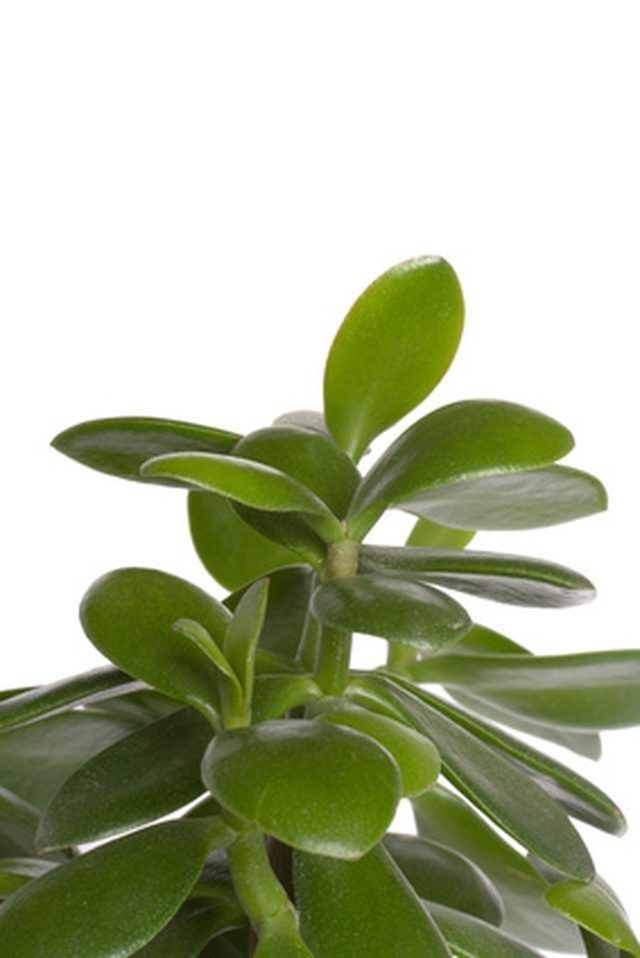Bulbs
Flower Basics
Flower Beds & Specialty Gardens
Flower Garden
Garden Furniture
Garden Gnomes
Garden Seeds
Garden Sheds
Garden Statues
Garden Tools & Supplies
Gardening Basics
Green & Organic
Groundcovers & Vines
Growing Annuals
Growing Basil
Growing Beans
Growing Berries
Growing Blueberries
Growing Cactus
Growing Corn
Growing Cotton
Growing Edibles
Growing Flowers
Growing Garlic
Growing Grapes
Growing Grass
Growing Herbs
Growing Jasmine
Growing Mint
Growing Mushrooms
Orchids
Growing Peanuts
Growing Perennials
Growing Plants
Growing Rosemary
Growing Roses
Growing Strawberries
Growing Sunflowers
Growing Thyme
Growing Tomatoes
Growing Tulips
Growing Vegetables
Herb Basics
Herb Garden
Indoor Growing
Landscaping Basics
Landscaping Patios
Landscaping Plants
Landscaping Shrubs
Landscaping Trees
Landscaping Walks & Pathways
Lawn Basics
Lawn Maintenance
Lawn Mowers
Lawn Ornaments
Lawn Planting
Lawn Tools
Outdoor Growing
Overall Landscape Planning
Pests, Weeds & Problems
Plant Basics
Rock Garden
Rose Garden
Shrubs
Soil
Specialty Gardens
Trees
Vegetable Garden
Yard Maintenance
Jade Plants: Shade or Outside Sun?
Jade Plants: Shade or Outside Sun?. To keep jade plants healthy it is important to understand the growing conditions of its natural habitat so that you can try and recreate the environment at home or in your office. The botanical name for the jade plant is Crassula ovata. They make popular houseplants because they are hardy and do not require much...

To keep jade plants healthy it is important to understand the growing conditions of its natural habitat so that you can try and recreate the environment at home or in your office. The botanical name for the jade plant is Crassula ovata. They make popular houseplants because they are hardy and do not require much watering. They are also known as a friendship tree or money plant.
Native Habitat
Hillside slopes in South Africa are the native habitat of jade plants where they grow in abundance and can reach 10 feet tall. Summers are hot and during this time soils receive very little rainfall and are very dry. During winter when cooler temperatures arrive, jade plants produce clusters of small star-shaped flowers that are half an inch wide and smell of scented soap.
Surviving Without Water
Jade plants can survive long periods without water due to a feature that enables them to conserve water and energy. Small pores on their leaves absorb carbon dioxide during the night and this is converted into sugar using the sun. During the day, leaf pores close to stop the water and carbon dioxide from evaporating.
Planting Position
Place jade plants in a sunny place, such as a bright windowsill, water sparingly and never position them in the shade. They can be placed outside on patios but they need to be brought inside over autumn and winter to avoid frosts. They can withstand cold temperatures to just above freezing. According to the University of Arkansas, it is important not to the restrict growth of jade plants by growing them in pots too small for their size. Do not get disheartened if you have a jade plant and it does not flower, because they rarely bloom as a houseplant.
Propagation
It is very easy to propagate a jade plant. Simply place a single leaf against the side of a pot filled with soil, with its leaf base touching the soil, and water sparingly. Repot jade plants into larger pots every three years in houseplant compost that is mixed with one-third sand or grit.
Caring for Jade Plants
Although they are very hardy and require little watering, jade plants do suffer from mealy bugs. Look out for "fluff" underneath leaves and in crevices on the plant. The fluff is in fact lots of little mealy bugs that group together and stick themselves to leaves and stems. If left to multiply they can inhibit the growth of the plant. Treat mealy bugs by rubbing the affected areas gently with alcohol. Always pick off dead leaves and occasionally clean jade plants to remove dust by putting them in the shower or leaving them outside in the rain.